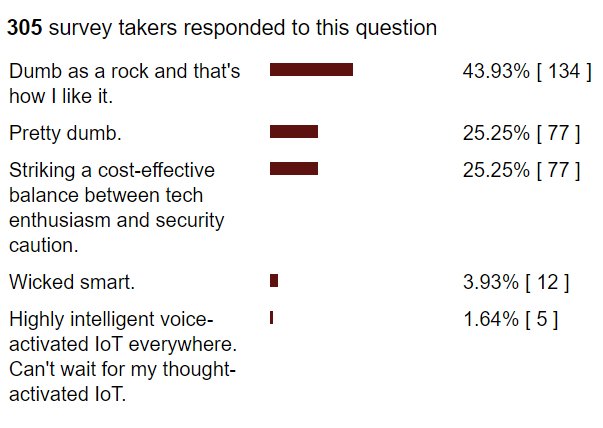Would you open an email from one Dr Brian Fisher? GP app staff did – and they got phished
GP online services app Evergreen Life has been the target of a cyber-attack attempting to access the firm’s corporate email accounts.
A malicious phishing email was sent to all the addresses in Evergreen clinical director Dr Brian Fisher’s inbox – a rather unfortunate name given the circumstances – in what the company believes to be a man-in-the-middle (MITM) attack.
The original message, sent on Monday from Fisher’s account and seen by The Register, read: “Did you get the documents I sent you this morning? Find attached. I will await your feedback on the highlighted items.”
Mark Hindle, chief operating officer at Evergreen, told The Register that a bogus website had been registered three days before the email was sent. The threat was detected before the systems were accessed, but he believes it may have been an attempted ransomware attack.
“We have made the details available to the Information Commissioner’s Office, although this was not a breach of our patient information – as our core patient systems are kept separate.”
He said Fisher’s address may have been used because of his large number of contacts, lobbying work and prominence within the company.
Yesterday the group issued a follow-up email with the subject line: “Important security alert: action required.”
The email, also seen by The Reg, said:
You have been highlighted as a recipient of an email from Brian Fisher on Monday 21st October at around 14:15 to 14:30 with the subject line “FW: Brian Fisher has shared a document with you via OneDrive for Business.”
Please do NOT:
Open the attachment
Click on the link
Fill in your username and password on the bogus site
If you have already clicked on this link and typed in your credentials, then we suggest the following:
Change your Office365/e-mail password with immediate effect.
Log onto Office
Go to your account menu (top right)
Reset your password
It continued: “Evergreen Life has already implemented a number of measures to mitigate this particular threat, including immediate steps to blacklist the bogus website. That took several hours yesterday, which is why we strongly recommend that you change your Office 365 password if you did inadvertently submit any credentials.”
The email also noted that “phishing” is the most common type of cyber-attack against organisations such as Evergreen.
“Phishing attacks can take many forms, but they all share a common goal – getting you to share sensitive information such as login credentials, credit card information, or bank account details. Although we maintain controls to help protect our networks and computers from cyber threats, we rely on you to be our first line of defence.”
On its website Evergreen says: “We have extensive experience in writing large software systems for hospitals – over 60 years between us. We understand how important your data is, we are used to working in very secure environments, and have taken a lot of time to do things right.” ®
Sponsored:
How to get more from MicroStrategy by optimising your data stack
Article source: http://go.theregister.com/feed/www.theregister.co.uk/2019/10/24/gp_app_director_sends_out_phishing_email/







 Check out
Check out 



